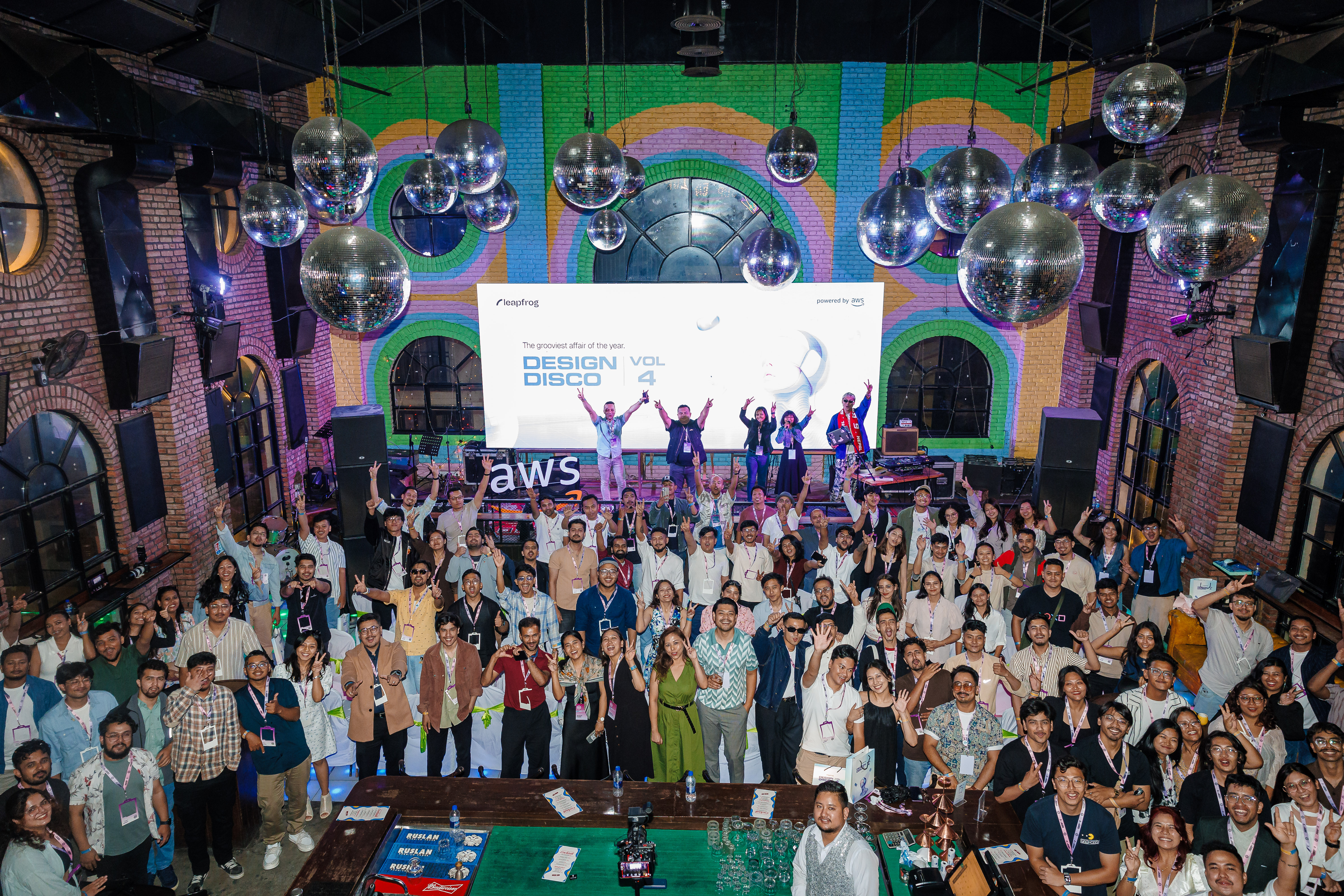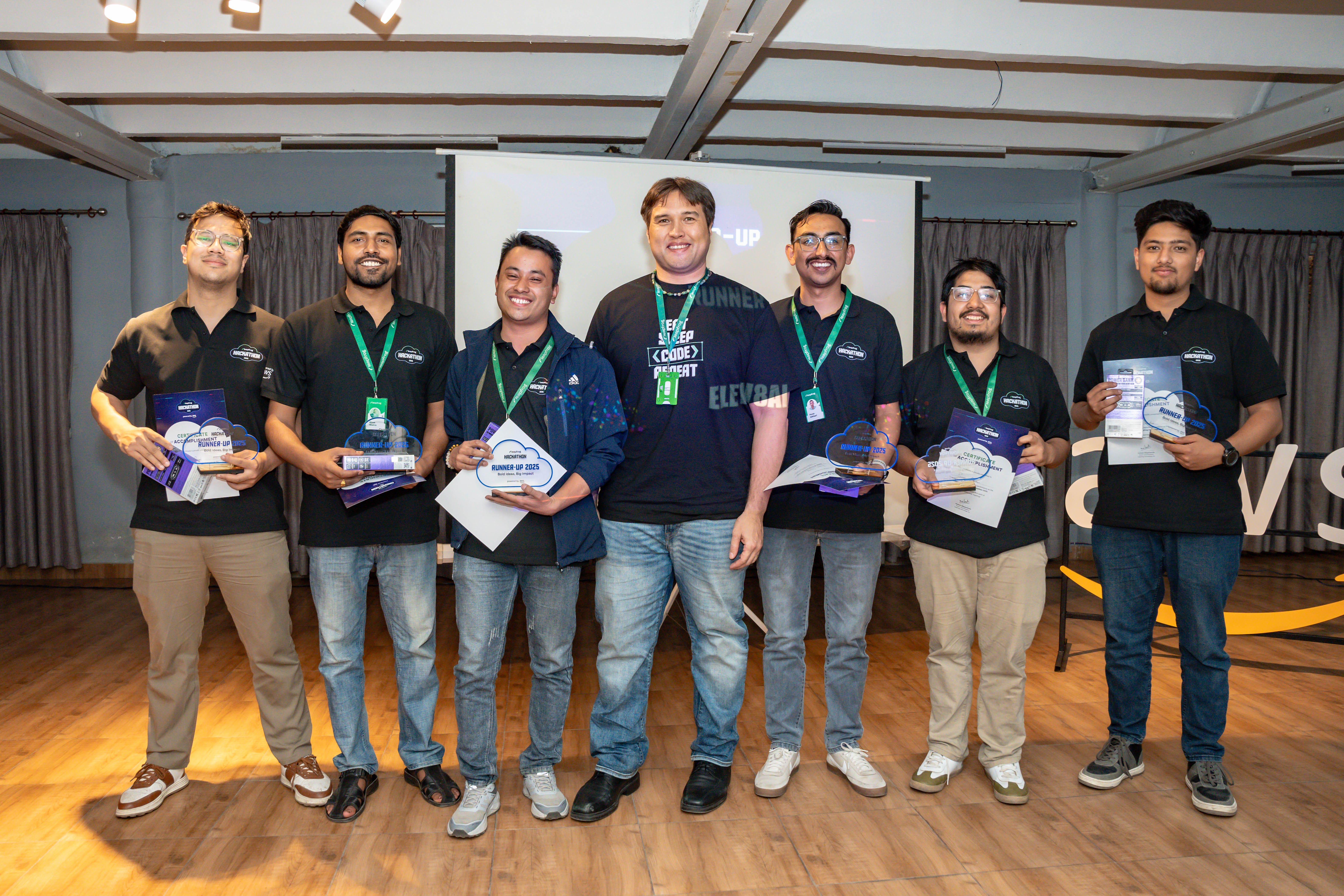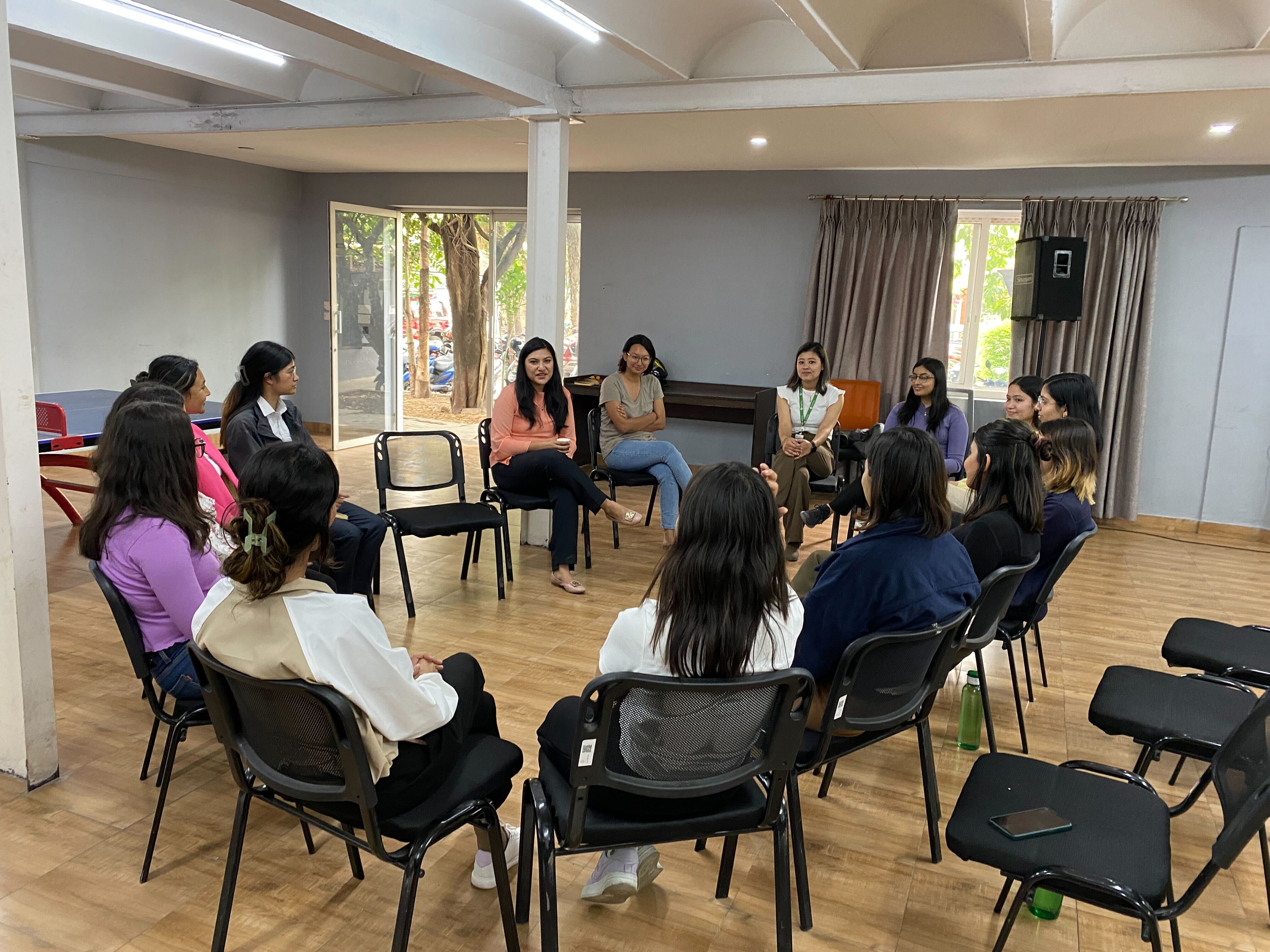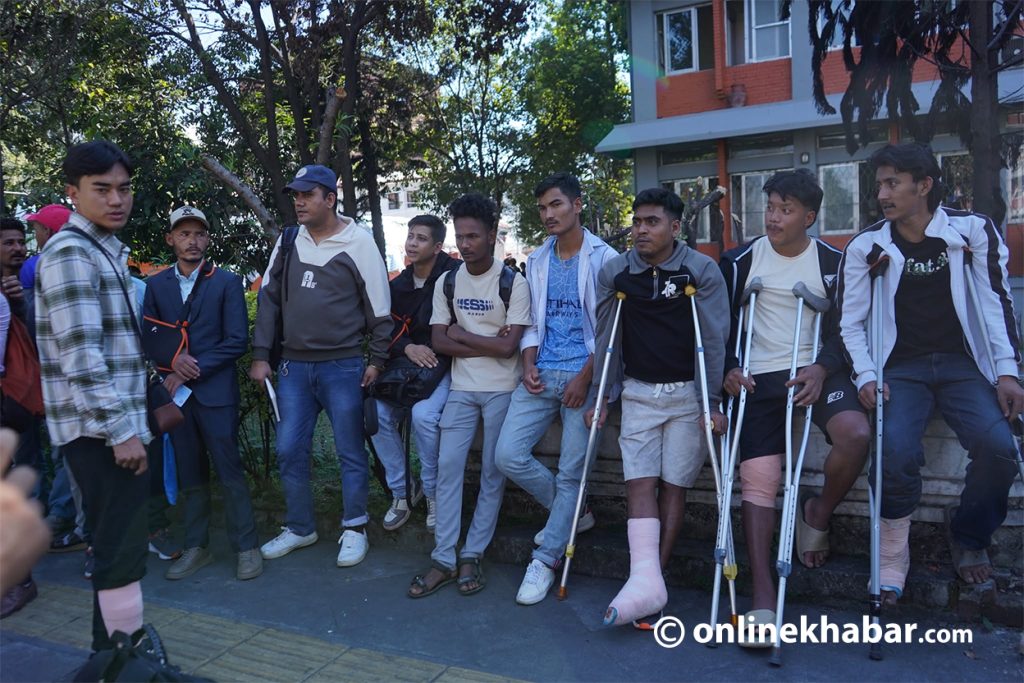
Leapfrog Technology, which started as a startup in 2012, is one of the most successful IT companies in Nepal. What started with the aim of bringing the Silicon Valley culture to Nepal, can be seen as a success as the company has now expanded its services to three other countries and has set up offices in five different locations.
“We believe in providing a complete solution, from concept to execution,” says Kailash Bijayananda, Senior Vice President of the company who has been there from the company’s early years. “We offer a range of services, including software application development, cloud management, QA, design, Cloud services, DevOps, Data and AI.”
Leapfrog’s focus from the start has been providing services focusing on custom software development. While its roots lie in serving startups, Leapfrog has expanded its reach to cater to enterprises, notably in the healthcare sector.
“We give a complete one-stop solution. Clients want everything covered from mobile and web app development to AI integration, database management, and data analytics and we offer all that,” says Bijayananda.
“It’s not enough to merely claim to offer these services and then engage two or three vendors to fulfil the remaining needs. The concept of a one-stop solution empowers individuals to evolve into a fully equipped and proficient team,” he adds.
Through these efforts, Leapfrog has successfully cultivated a professional tech culture in Nepal. Aligned with the vision set forth by founders Himal Karmacharya, Chandika Bhandari and current CEO Chris Sprague, the company is committed to advancing further and establishing itself as the top tech company in the country.
Work Culture

Besides its services, what sets Leapfrog apart is its work culture.
Traditional companies in Nepal usually look at the number of hours a person spends at the office and the quantity of work completed. However, at Leapfrog, there is a different perspective. The company recognises that mere presence at a desk does not necessarily correlate to productivity.
“Most of what we do here involves intense brain work. You can’t just say ‘work’ and expect a solution, especially in the tech field,” says Bijayananda. “Sometimes, people feel motivated and can work for 12 hours straight. But other times, solving just one problem can take up to four hours.”
That is why at Leapfrog they offer team members a lot of flexibility. You can see many employees at the company playing table tennis or other activities to loosen up during office hours.
“This helps clear the mind and boost the creativity of our developers,” says Bijayananda.
Yaju Pradhan, currently a Director of Business Development, began her journey with Leapfrog as a QA Intern in the company’s early days. She says Leapfrog has stayed true to its vision of establishing unique innovators led by Nepali engineers and designers.
“Learning has always been a core value at Leapfrog. The company believes how important learning and growth are for the success of the company,” she says. “Therefore, the company prioritises providing ample opportunities for creativity and learning to flourish within its culture.”
The majority of individuals who join the company are fresh college graduates. Pradhan highlights that these young men and women are then offered a flexible and supportive environment which helps them grow.
“We believe that by doing this, we can encourage innovation and help our team members reach their full potential,” says Pradhan. “We believe in working as a team and that helps us find new ways to make our products and services better.”
Becoming part of Leapfrog
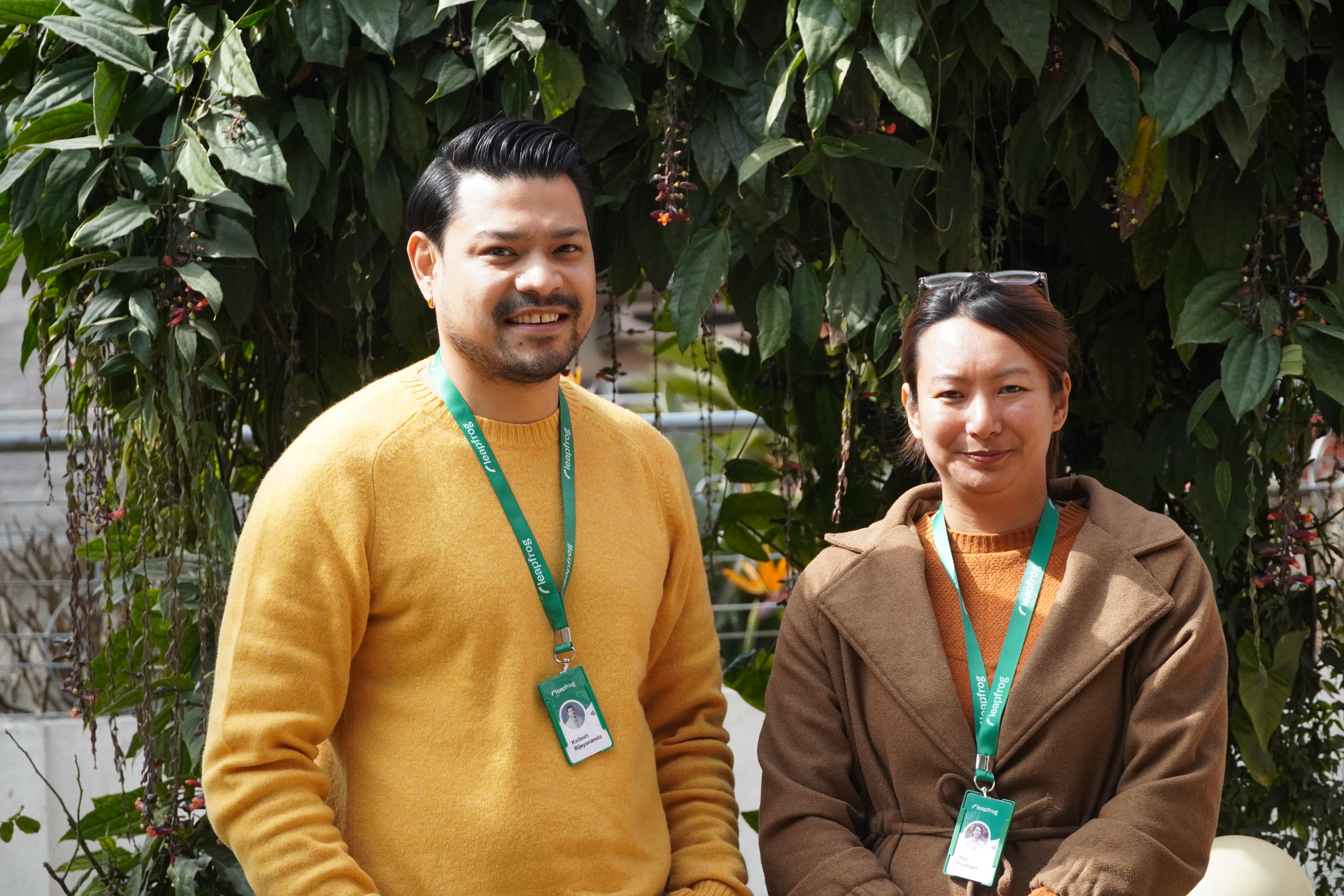
In terms of numbers, Leapfrog primarily hires individuals with backgrounds in computer science. While the majority come from fields such as BSC IT, BCA, and BIT, computer science graduates in general have been the major workforce. However, having a formal degree in computer science is not a strict requirement for joining the company.
“We don’t specify formal degrees in our job postings. Self-taught coders who have passed SEE are eligible to join Leapfrog,” says Bijayananda. “We prioritise coding skills, communication abilities, managerial skills, and interpersonal skills.”
Bijayananda further adds the company is more interested in what individuals can do rather than what they cannot.
“This is why we look at an individual’s communication and interpersonal and not just their educational background during interviews,” says Bijayananda.
While there is a dedicated recruitment team in place, a significant portion of individuals hired by Leapfrog are those who have previously served as interns within the company.
The company recently concluded its 45th internship batch. Typically, it selects around 30 interns out of a pool of over 2,500 applications received each time for the eight-week internship program. These prospective interns then undergo a rigorous selection process, which includes a written test and interview, to secure a position within the company.
“In our case, we take special care during recruitment. We don’t rush decisions and provide feedback. In some cases, we have to let interns go due to performance reasons,” says Bijayananda. “However, we are cautious from the start, considering the huge investment involved.”
Out of the 30 interns, Leapfrog hired 7 associate software engineers. In addition to internships, lateral hiring also takes place in Leapfrog.
“The majority of hires, however, come from the internship program,” says Bijayananda.
Leapfrog’s structured internship curriculum focuses on providing practical knowledge, refining coding skills, and enhancing problem-solving approaches, preparing interns for future endeavours.
Pradhan says while software engineering remains the core focus, the company also offer internships and opportunities in other domains.
“Currently, we have DevOps internships, and we’ve previously conducted design-based internships and project management programs,” she says. “We’re committed to providing internships, training, and boot camps across various areas.”
Challenges

Growing as a company comes with its share of challenges. When the company had fewer staff and everyone was familiar with each other, operations ran more smoothly. However, as the company grew, maintaining proper policies and procedures became more complex.
“We’ve remained focused on this in recent years. We want newcomers to feel at home, even as we scale up. With more people, it’s harder to connect with everyone,” says Pradhan.
However, as the company grew, the operation became a challenge along with maintaining a a core learning environment. Pradhan says they even had to build a network of support and ensure there was a balance between structure and space for individual growth.
Managing a larger team also posed difficulties for the management. Bijayananda says how hard it was for the company to handle the influx of staff.
“Initially, managing around 100 people wasn’t too hard. But as we grew, we realised there was an imbalance,” he says. “With time, we have handled it better now.”
Like many IT companies in Nepal, Leapfrog has also faced issues with the brain drain. There is no data on the number of computer science graduates leaving the country but the number is quite high. This, for Leapfrog, is a problem.
“Not everyone with a computer science degree can code. That makes it harder for us to look for capable individuals who can work in a team with us,” says Bijayananda. “Getting fresh graduates isn’t too hard, but finding experienced seniors in the same field with 5 or 10 years experience is difficult. Many of them are already settled abroad.”
Smarter generation
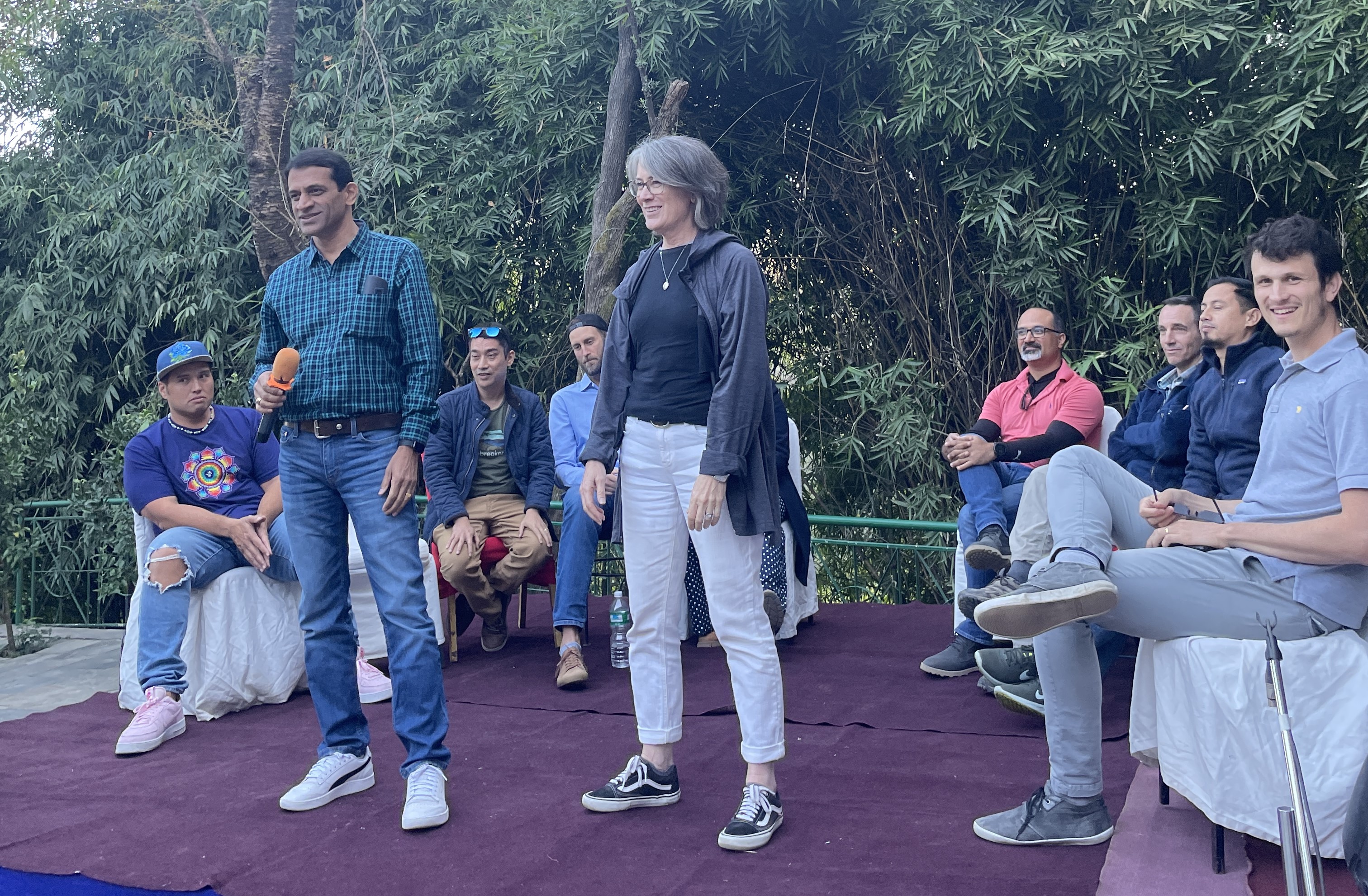
Bijayananda, who has been working in the IT sector since 2006, has observed significant changes in fresh graduates over the years. He says the new generation is better and that is mostly thanks to what they learn during their bachelor’s and the access to information thanks to the internet.
He also feels there is a growing competition among students, and their eagerness to learn independently has led to notable transformations. Recognising the need to engage with students early on, Leapfrog has introduced the Student Partnership Program. This initiative aims to give students a taste of real-world company operations and prepare them in advance.
Through the LeapFrog Student Partnership Program (LSPP), 20 colleges are paired with 20 brand ambassadors. These ambassadors serve as intermediaries between Leapfrog and the student community, sharing information about events, training, and updates.
By participating in events such as hackathons, sponsoring programs, and participating in talk shows, Leapfrog offers students exposure to the corporate world. This initiative aids students in gaining insights into the industry while allowing LeapFrog to identify talented individuals at an early stage.
Sunny Mahat, senior manager of marketing communications at Leapfrog Technology, highlights the company’s efforts to extend such initiatives to the school level.
“By introducing coding concepts at the primary school level, students gain early exposure to how systems work and understand potential career opportunities,” says Mahat.
He says the company is also aiming to introduce coding early through tools like Scratch from MIT, which enables visual learning.
“While not all students may pursue careers in coding, early exposure helps them with valuable knowledge applicable to various professions,” he says.
Women in tech

Even though the IT sector is dominated by men, the number of women in tech is rising. Leapfrog’s workforce currently comprises 25 per cent women, and with the implementation of women-friendly policies, the company is committed to further expanding this number in the years ahead.
“We believe policies like menstruation leave and improving maternity benefits will help us become more attractive towards women in tech. These steps aim to reduce the workload and provide flexibility, particularly for new mothers transitioning back to work,” says Pradhan.
Furthermore, for this year’s International Women’s Day, Leapfrog is planning to organise a program involving community members. The company’s objective is to introduce coding and facilitate discussions on career opportunities, with active involvement from women employees.
Pradhan says that Leapfrog has partnered with the Women Fellowship to launch initiatives such as the “For Women By Women” internship, which concentrates on software engineering and design.
“We plan on continuing these in the future to carve out dedicated spaces for women in the tech sector,” she said. “We want to incorporate women trainers and professionals into its work culture, extending beyond internships.”





